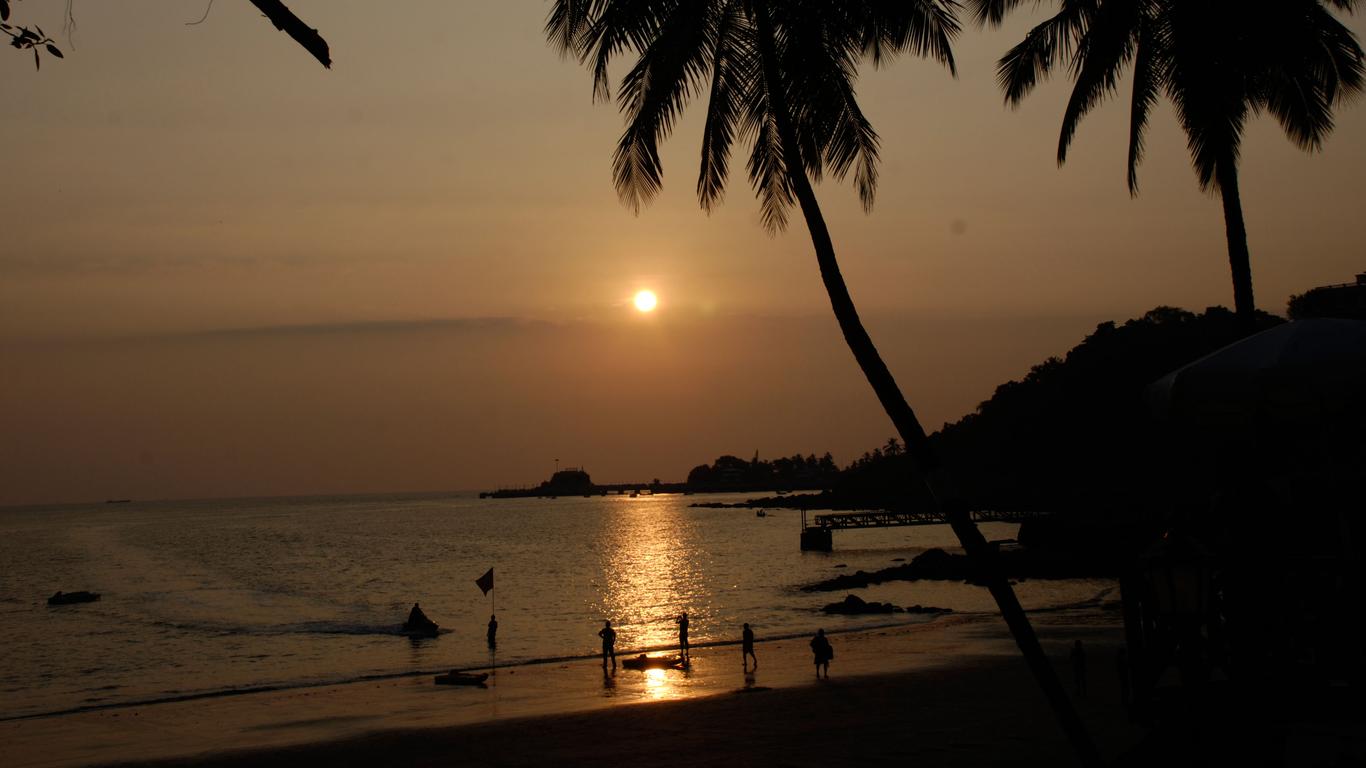The lively and spirited state capital of Goa, Panaji embraces a more casual Indian lifestyle, reflected in its neon-emblazoned casino dinner cruises and dozens of lively nightclubs, lounges and eateries. Towering over the Mandovi River, colonial-era buildings and whitewashed churches mix with trendy boutiques, book shops and contemporary tea houses, all reflecting the Portuguese influence from pre-Indian days. Portuguese is still the main spoken language in Panaji.
Fontainhas, the old Latin Quarter enthrals tourists with pastel-washed doorways, ochre-coloured villas, red-tiled roofs and windows framed in oyster shells. Violin music drifts through ancient, winding, cobbled lanes, and artists display originals in small galleries or sell trinkets in charming souvenir shops. The House of Goa Museum gives a deep-dive into the region’s history, while the Goa Science Centre and Planetarium keeps the little ones happy for hours with 3-D movies and interactive exhibits.
Compact streets make walking the most feasible way to explore Panaji and the Fontainhas quarter, but taxis, auto rickshaws and motorcycle taxis are available near the Municipal Gardens and the post office on June Road. Local buses run through the outer regions and to nearby villages and cities, including Goa International Airport in Vasco da Gama, about 73 kilometres from Panaji.
The Fontainhas Quarter in Panaji dates as far back as the 18th century when expatriate Antonio Joao de Sequeira reclaimed land near a fountain bubbling in the foothills. He designed the square to resemble Lisbon’s Bairro Alto, appealing to wealthy residents who established homes near Fontainhas. The government built the graceful Rua Nova d’Ouremsea to facilitate upscale growth in the area in the 1800s.





